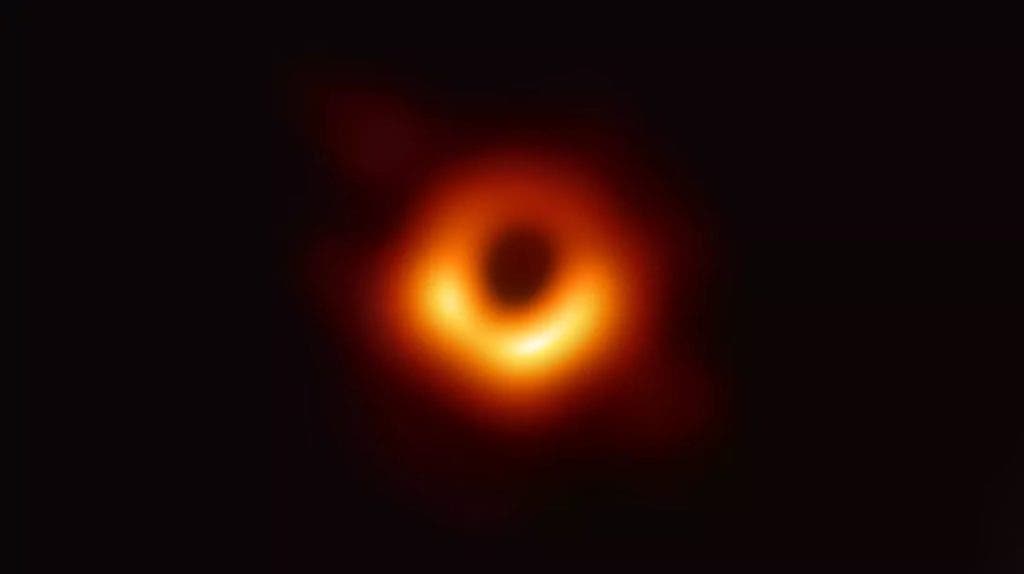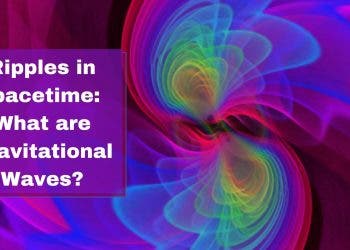
It was once thought impossible to take photos of black hole. After all, here is an object that’s so massive light itself can’t escape it — how could you take a photo? Against all odds, a team of 347 researchers managed to overcome that obstacle, using a creative approach that linking multiple radio telescopes.
Previously, astronomers were able to detect light swallowed by the black holes, but couldn’t have the sharpness in the images to really “see” that event. In the late 2000s, researchers obtained approval to use three telescopes to establish a proof of concept. In 2008, they had the first real black hole measurements. By 2017, they had 8 telescopes to work with, and ultimately, in 2018, they managed to take the first real photo of a black hole.
“I’ve been working on this for 20 years. So my wife was finally convinced that what I was doing was worth it a little bit,” joked Shep Doeleman, the project leader and an astronomer at the Harvard-Smithsonian Center for Astrophysics.
The image took the world by storm — not just because it was showing something once thought impossible, but because it was a stunning achievement in its own right. However, Doeleman says, that’s just the start of it. By 2020, we will have the first video of a black hole, he estimates — albeit, it will probably resemble more of a low-quality GIF than a 4K video. But things will move quickly, according to Doeleman.
“What I predict is that by the end of the next decade we will be making high quality real-time movies of black holes that reveal not just how they look, but how they act on the cosmic stage,” Shep Doeleman, the project’s director, told AFP in an interview.
“It could be that maybe we will make the first crude movie” by 2020, he added. Ideally, scientists would need more telescopes, both on Earth and in orbit, to improve the resolution further more.
There is evidence that most (if not all) galaxies have massive black holes at their core. The black hole captured in the iconic image lies at the center of the Messier 87 galaxy, and it lies 53.5 million light-years away from Earth. The black hole is relatively calm and perfectly suited for such observations. Researchers would also like to image the one at the center of our own Milky Way: Sagittarius-A*. However, this might prove more problematic as Sagittarius-A is much more turbulent.
“Orbits of matter around M87 take about a month to circulate. Whereas orbits around Sagittarius-A* can take only half an hour, during one night of observing Sagittarius-A* can change before your eyes,” explained Doeleman.
Nevertheless, Doeleman is optimistic.
“We do see ourselves as explorers, we’ve taken a journey in our minds. And we are instruments at the edge of a black hole. And now we’re coming back to report what we found.”






